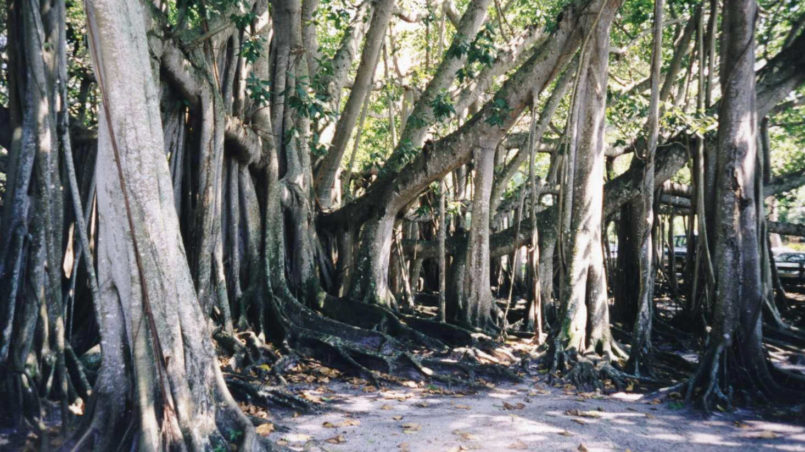Indian Festivals and Nature Conservation

We can witness a growing realization amongst countries regarding the importance of nature and its conservation. The commitment towards the conservation of nature and the environment is thus deepening in all countries, as the impact of pollution and the mindless exploitation of nature has started to manifest in different but dreadful ways. As a result, conventions and frameworks on environmental conservation have now taken a center stage in international politics. Different countries with different interests have agreed to come together to prevent and reverse those activities which led to pollution and environmental degradation.
This year’s theme on World Environment Day, i.e. “Connecting People to Nature” made me think about how such a beautiful and well-thought out topic can be used in the Indian context. And so I decided to inquire about the relevance of nature and its conservation in Indian culture and belief system. My interest sprouted from my basic knowledge that many Indian festivals are about worshipping nature.
Initially, I started to look at my day-to-day life to find links between Indian culture and conservation of nature. And to my surprise, I came across many age-old traditions which are directly associated with nature and its conservation.
Many Indian festivals epitomize a deep connection between man, nature and society. If one delves into the significance of the various indigenous festivals of India, it quickly becomes apparent that most of these festivals are celebrations of Mother Nature and her power as well as bountifulness. In fact, the veneration of nature is an ageold practice in India. Such age-old practices of veneration of nature in India are based on the understanding that nature is the source of our lives and our well-being. Thus in India, nature is not only to be conserved but is in fact to be worshipped.
In India, you will often find people worshipping particular trees and plants. For instance, Vat Vriksha Puja (puja or poojan is a prayer ritual performed by Hindus) is an Indian festival in which devotees (especially women) walk around a Banyan tree while offering water to it and applying turmeric powder, vermillion and sandalwood on it. Although the puja is performed by married women for the longevity of their husband, it is important to understand that the puja has a direct link to the need to conserve the highly valuable Banyan trees.
The Banyan tree is considered a sacred tree and is given a special mention in the ancient Hindu scriptures. It is obvious that the religious significance of Vat Vriksha Puja emanates from the life enriching qualities and grandeur of the Banyan tree. But this festival is nevertheless a unique way to ensure the conservation of these important trees. However, such festivals in general also infuse in people a sense of connection with natur. Indians also worship the Tulsi plant.
The Chaath Puja Festival is an expression of gratitude to the Sun God, Surya and is performed on river banks. The rituals of the festival cannot be completed without taking a dip into the water of the river, acknowledging the importance of water in every aspect of our lives. Similarly Kua Pujan is a custom of worshipping wells or places which provide people with drinking water. The puja is performed during marriage ceremonies or at the time of the birth of a child.
Irrespective of such strong links between nature and various traditions in India, the awareness and enthusiasm amongst most Indians regarding the importance of nature conservation is peculiarly low.
The need of the hour is to raise awareness amongst people regarding the real significance of India’s age-old traditions with regard to nature conservation. Interestingly the general outlook of Indian people and their understanding of various issues is deeply embedded in the cultural and religious context. And such a disposition can be channelled to develop a strong connection with nature.
The theme “connecting people to nature” has been beautifully weaved into the lives of Indian people through their indigenous festivals, but regrettably remained unnoticed amongst the present day generation.
Credits
| Image | Title | Author | License |
|---|---|---|---|
 |
Banyantree | Ahoerstemeier | CC BY-SA 3.0 |
